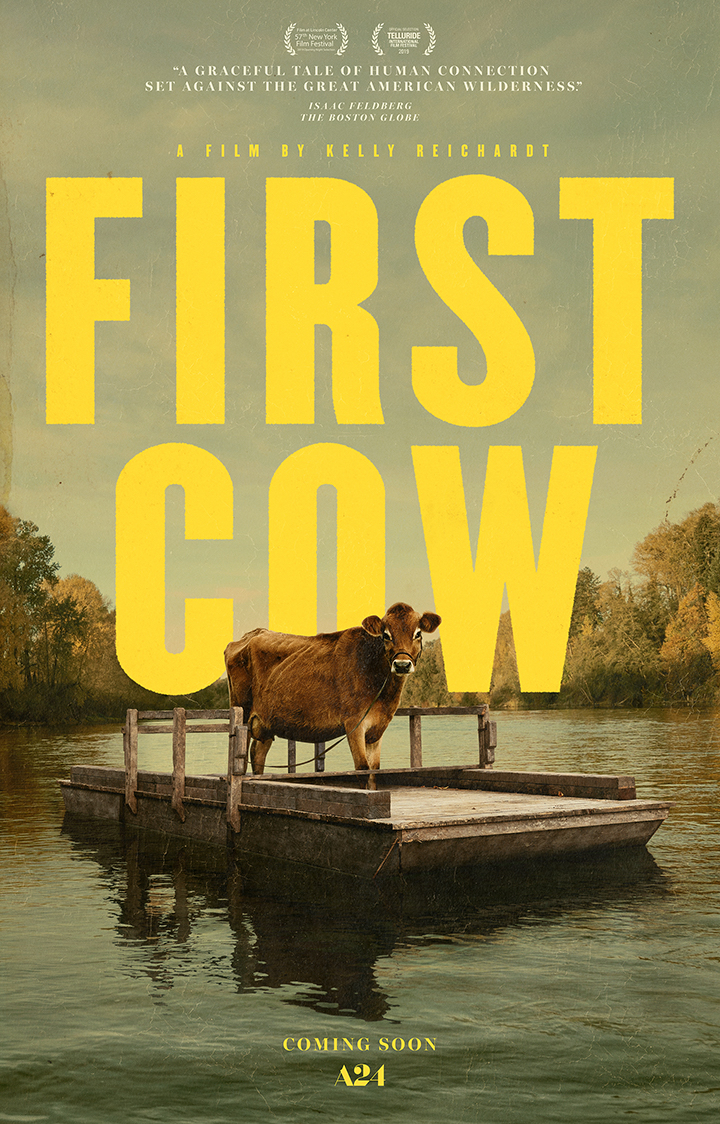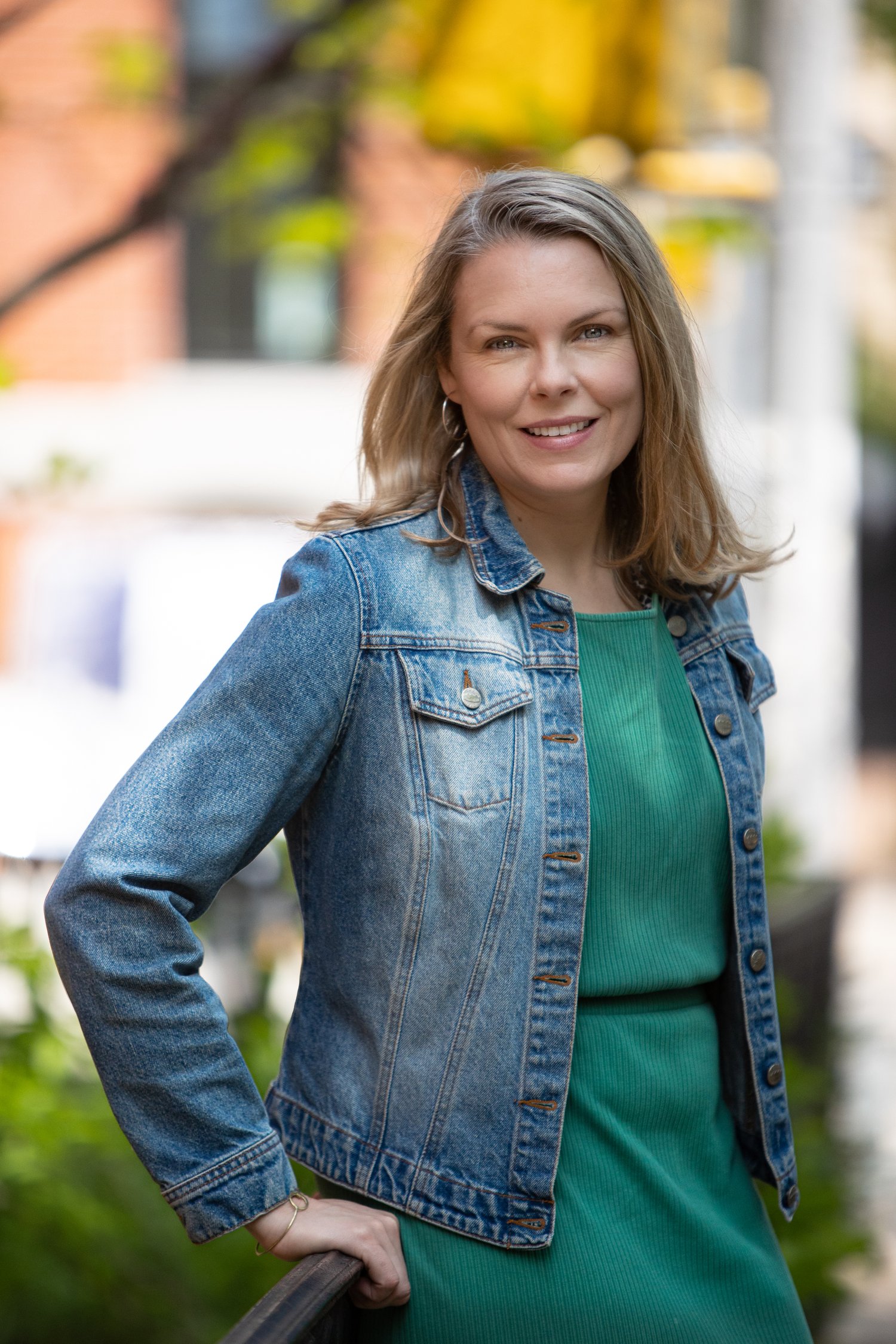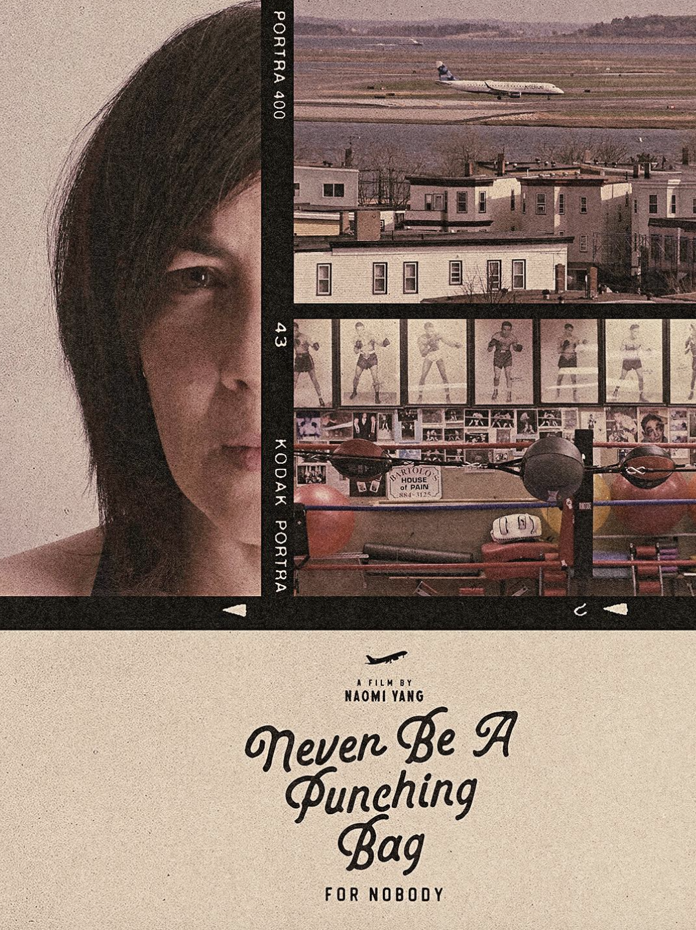Directed by KELLY REICHARDT
Based on the novel The Half-Life by JONATHAN RAYMOND
Review by HANNAH GERSEN

The plain title of Kelly Reichardt’s eighth feature film belies a richly–detailed period piece set in 1820s Oregon Territory. But before immersing you in the past, Reichart opens in the present, with a shot of a large industrial ship making its way down the Willamette River. Along a piece of undeveloped shoreline, a woman and her dog are walking when the dog’s playful digging uncovers a human skull. Curious, the woman continues digging to reveal two full skeletons lying next to each another. As is typical of a Reichardt movie, this action unfolds wordlessly but with attention to the sounds of the natural world: the chirping of nearby birds, the dog’s panting and scuffling paws, and the river flowing by. This quiet, observational approach makes the discovery of two skeletons feel interesting, rather than ominous. However, I must admit that what I found most arresting about this scene was a lightweight pink scarf that the woman was wearing tied around her neck in a loose bow. It was the only warm color in a scene dominated by grays, blues, and greens, and as the woman’s scarf fluttered in breeze, I felt that it, as well as the skeletons, had a secret meaning.
My question about the scarf was partially answered in the next scene, a close-up of dirty hands plucking mushrooms from a damp forest floor. At first I thought we were keeping company with the same woman who had exhumed the skeletons, but as the camera panned out to reveal the forager’s identity, I realized we had fallen back in time. The forager was a man with a scraggly beard, rumpled hat, and old-fashioned menswear made of sturdy brown cloth. Around his neck was a red kerchief so faded and dirty it appeared pale pink. This echo in costuming and gesture not only helps to connect the characters across time, but is also a gentle suggestion that our way of life might be more connected to the past than we realize.
We soon learn that the man with the faded kerchief (John Magaro), known as Cookie, is traveling through the woods with a group of beaver trappers, hired as their camp cook. Although the group is nearing their final destination of Fort Tillicum, they are low on food and hangry when Cookie can only offer them foraged mushrooms and dry biscuits for dinner. They send him back into the woods to hunt squirrels. That’s when Cookie first meets King-Lu (Orion Lee), the man who will ultimately change his life, first by offering friendship, and then by persuading him to go into business together. But when Cookie first sees King-Lu in the woods, he’s naked and shivering, on the run from Russian fur traders who think he’s a murderer—King-Lu escaped by stripping naked and swimming away from them. Cookie assumes King-Lu is from a local Indian tribe, and compliments him on his English; King Lu explains that he’s Chinese, a world traveler who has followed his fortune through Europe to the American West.
Cookie helps King-Lu at considerable risk to himself, sneaking him back to the camp and feeding him from the depleted food supplies. He hides King-Lu in his own sleeping quarters, and we feel as if we are hiding out in the tent with them as the camera peers through the flap to spy on the trappers loudly discussing a recent conversation with some passing Russians: “There’s a murderer on the loose.” When a fight breaks out over nothing in particular, it’s clear from Cookie’s pained but unsurprised expression that this is a frequent occurrence. You understand why he would be willing to shelter a stranger: he has no friends among these hostile men.
Perhaps sensing danger, King-Lu disappears from the camp without saying goodbye to Cookie, but shortly thereafter, they find each other in Fort Tillicum, the only two left in a darkened bar after a fight breaks out. One of the men involved in the scuffle leaves his baby in Cookie’s care, which should give a sense of Cookie’s gentle demeanor. King-Lu seems unsurprised to find Cookie, but the latter is understandably shocked to see King-Lu again. Not only has he evaded capture by the Russians, who have since left the area, he’s dressed in a suit and apparently now has a place of his own. King-Lu invites him back to his homestead for a drink. Cookie immediately begins to help with housekeeping, and soon, the two are roommates.
They become close friends although it’s not immediately obvious why they are drawn to each other, aside from their mutual distaste for aggressive behavior. Cookie is a rather meek person, whose fate was sealed in childhood when he was orphaned and indentured to a baker. King-Lu, on the other hand, has an entrepreneurial spirit and sees the western frontier as “a land of riches.” He’s constantly coming up with schemes to make money. Cookie’s wishes are more modest. He tells King-Lu he’d like to get some milk from the cow that caught his eye when he first came to Fort Tillicum, as it was escorted through muddy streets. It’s owned by Chief Factor, a wealthy tradesman, and is said to be the first cow in the territory and of French provenance. He wants milk so that he can bake biscuits and scones. King-Lu seizes upon this idea as a way of making money, and he suggests that they milk the cow at night, when no one is watching, and then sell Cookie’s baked goods at the market.
It’s here that a story with a predicable shape and accelerating plot becomes clear, as Cookie and King-Lu’s treats become popular, and eventually catch the attention of Chief Factor who does not at first understand what makes the “oily cakes” (a kind of fried proto-doughnut) taste so delicious. But Cookie and King-Lu know that it’s only a matter of time until he realizes that it’s his own milk being sold to him in the form of the treats, and that they should leave before he figures it out. A conflict arises between the two friends about when they should go, but it’s a relatively mellow disagreement, with the two men seeming to understand that their differing approaches to life are complementary. If they had more resources, they would be the perfect creative team.
What I like about the plotting of First Cow, and of Reichardt’s films in general, is that she lays the groundwork for her stories by investigating her settings. As you watch Reichardt’s characters navigate the spaces that surround them—in this case, Oregon’s dense forests and the muddy marketplace and cobbled-together homesteads of Fort Tillicum—you get a sense of the possibilities at hand. The world of Fort Tillicum is a cosmopolitan community of traders, hunters, homesteaders, and businessmen from all over the world. Even as the story is firmly focused on the immigrant settlers, the Native American community is also present throughout, as tribe members visit the Fort to take part in trade and negotiations.
In this setting, accumulating details set a foundation for the film’s ensuing action: the famous and eponymous “first cow” (identified as Evie in the acting credits) is glimpsed by Cookie shortly after his arrival; we see Cookie buying a pair of boots in the marketplace, and a little girl carrying a pail of milk from a tent, where the cow is brought for daily milking.
Reichardt’s camera takes it all in with an observational, almost documentary style, staying low to the ground and usually in the perspective of either King-Lu or Cookie. Collaborating with Christopher Blauvelt, the cinematographer she has worked with for her last three films, Reichert remains close to her characters so that the landscape is viewed from a human perspective. There is never an eye–of–God shot to orient you geographically, or to make the landscape seem mystically pristine. Only one framing struck me as picture-postcard perfect: when Cookie and King-Lu come to a clearing in the woods to find the river that could be their ticket to a better life. Otherwise, Reichardt lets nature speak for itself, without underlining its beauty—or the destruction of that beauty by settlers.
Reichardt also lets capitalism speak for itself, with somewhat less subtlety, as King-Lu explains to Cookie that it’s impossible for people as poor as they are to start a business, because they lack capital, that stealing milk from someone else’s cow is just part of the hustle, as is telling people that the oily cakes are uniquely delicious owing to a “secret Chinese ingredient.” The ruthless math of capitalism is everywhere, from the beavers who are slaughtered to meet the demands of Parisian fashions, to Chief Factor’s insistence that sometimes the most cost-effective way to deal with a belligerent worker is to beat him harshly in front of the others. Doing so might mean that the worker will be too badly injured to work, but his public punishment will spur others to greater productivity.
In a less didactic way, Reichardt allows you to observe the misogyny of pioneer life. Her vision of the west is one dominated by men but not absent of women. They are there, on the margins, and occasionally her camera lingers on them—including a group of pioneer women who look like they could have wandered off the set of Reichardt’s 2010 western Meek’s Cutoff. Their expressions are wary, as if they know that the favorite insult among pioneer men is to call one another a woman, or womanish—even King-Lu deploys this “slur,” when trying to spur Cookie to action. Native American women have a more consistent presence in the movie, presumably because, at this period in history, there were many more Native American women in the Pacific Northwest than there were white women. In one scene, instead of following Cookie and King-Lu, the camera stays behind to observe two young women translators chatting with each other after helping a Native American male elder negotiate with white traders. It is a small aside that also feels like a nod of recognition to the women’s social lives.
First Cow is based on Jonathan Raymond’s 2004 novel, The Half-Life. Reichardt has adapted Raymond’s fiction before, including two of her most beloved movies Old Joy (2006) and Wendy and Lucy (2008). Friendship is at the center of all three films, and in First Cow is depicted as something difficult, and even dangerous to maintain in a world organized around individual wealth and the sale of goods and services. Friendship may be what gets King-Lu’s and Cookie’s business off the ground, but their attachment to one another proves fatal in the end. They, of course, are the two skeletons that the woman and her dog discover.
To return to that anonymous woman’s pink scarf, which I found myself thinking of again, at the end of First Cow: Unlike Cookie, the woman wearing it probably would not be able to say where her scarf had come from, or who had made it—and at the same time, the production of a mass-market scarf like hers is the end game of the society Cookie and King-Lu occupied. In a low-key way, First Cow shows how our current global marketplace, in all its complexity and brutality, is linked to the United States’ western expansion, as people from all over the world congregated, bringing with them a drive for self-enrichment and an ethos of rugged individualism. Reichert’s westerns are a quiet, partial corrective to a genre that valorizes the struggles of the pioneers while ignoring the larger and lasting costs.
Hannah Gersen is a fiction writer and staff writer at The Millions. Her debut novel, Home Field, was released in 2016. She writes about movies on a semi-regular basis on her blog, Thelma and Alice.



![Cover of Showing Up [White, brunette woman behind two small, anthropomorphic sculptures].](https://www.thecommononline.org/wp-content/uploads/2023/06/showing-up-cover-scaled.jpg)
